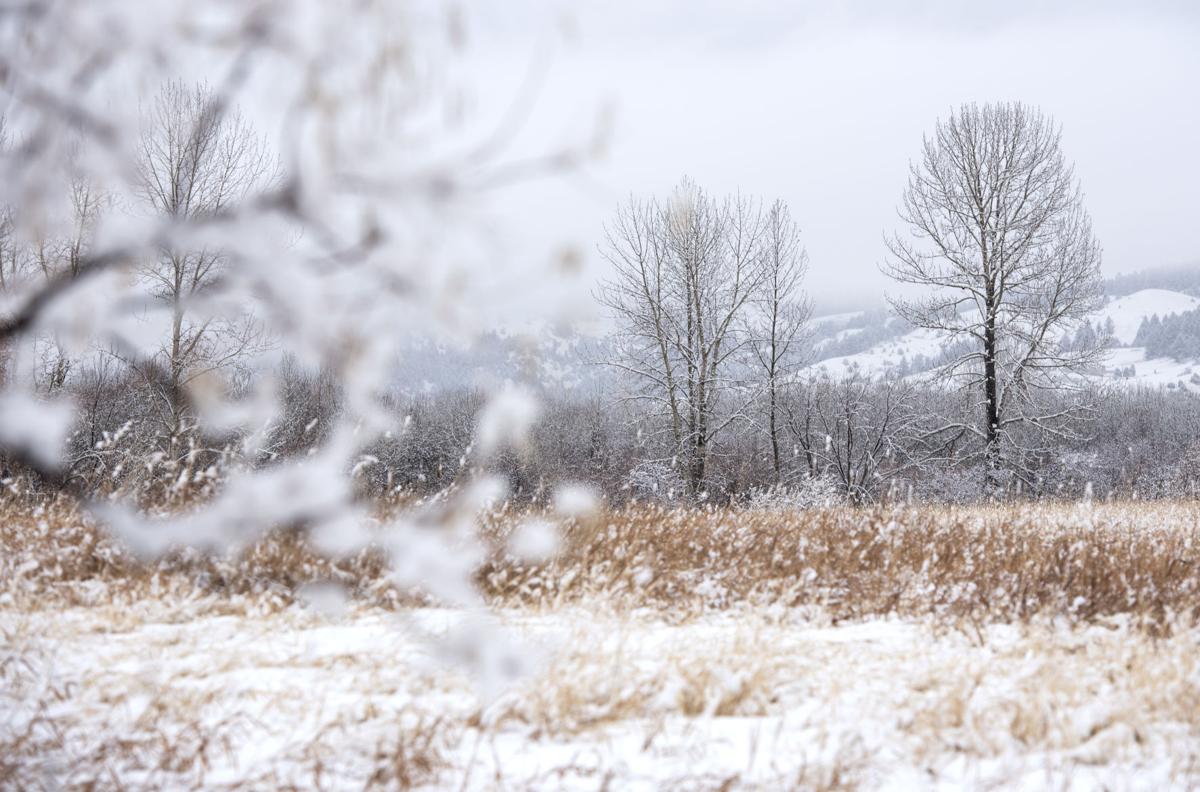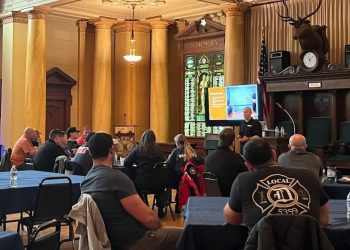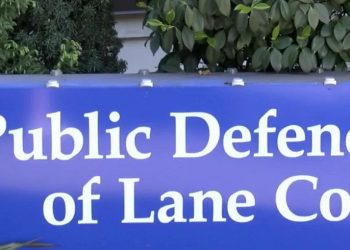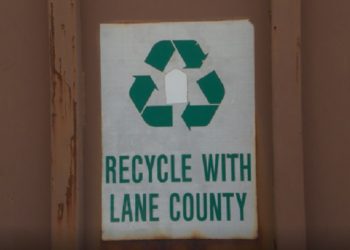BOZEMAN, Mont. -Thursday’s flurry of snow was likely the most precipitation the Gallatin Valley will see for the weekend.
“There is the potential for another round of probably light snow on Friday night into Saturday,” said Ray Greely, a meteorologist with the National Weather Service in Great Falls. “It doesn’t look like it’d be anything like we saw (Thursday) morning, but know that that potential is out there.”
Temperatures are predicted to stay in the mid-30s during the day and drop to the teens at night for the remainder of the weekend. That’s about average for this time of year, Greely said, though night temperatures vary slightly depending on what part of the Gallatin Valley one is looking at.
“Obviously we could have a lot colder temperatures this time of year, but if you average everything out, it turns out to be that these temperatures we’re getting are right where they should be,” he said.
On Thursday morning, the Gallatin National Forest Avalanche Center issued alerts for moderate to considerable avalanche danger on mountains in and around the Gallatin Valley. Avalanche danger was considerable in the northern and southern Madison Range, the Lionhead area, the southern Gallatin range and the Bridger range. That means people in those areas need to carefully evaluate the snowpack and be careful and conservative when deciding routes, the center’s website said.
Avalanche danger for the northern Gallatin Range and the Cooke City area was moderate, meaning recreating in that area is likely less likely to trigger a slide than in areas with considerable danger but those doing so still need to be cautious.
Those warnings are re-evaluated each morning by the avalanche center and are available on its website, mtavalanche.com.
Greely said that while the snow will be light for the rest of the weekend, drivers — especially those without a lot of experience driving in the snow — still need to be cautious.
“I think the biggest misconception people have is that if it’s light snow, that it’s not hazardous conditions,” Greely said. “Typically, that’s when a lot of accidents can happen … people are underestimating whether the roads are slippery.”













